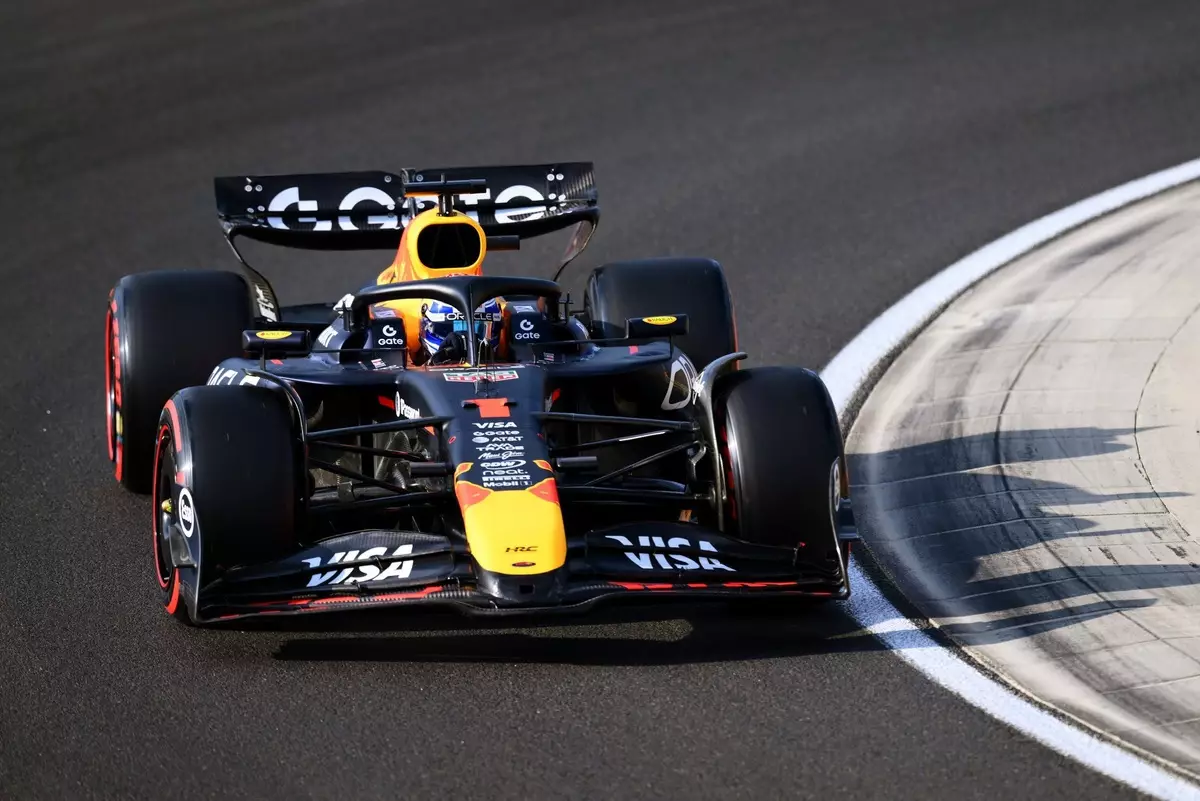Max Verstappen’s candid remarks about the struggles faced during the Hungarian Grand Prix’s early sessions paint a stark picture of the unpredictable nature of Formula 1 racing. Despite being a reigning champion and a focal point of Red Bull’s relentless pursuit of supremacy, Verstappen found himself sidelined by an “undriveable” car that felt more like “driving on ice.” This honest acknowledgment reveals a harsh reality: even the most dominant teams and drivers are vulnerable to the complex intricacies of car setup, track conditions, and the unpredictable chaos of racing. What is particularly striking is his frankness—despite the typical decorum of the sport—about the car’s performance and the team’s need for rapid troubleshooting. His admission that “nothing really works” underscores the steep challenge ahead, and it calls into question whether Red Bull’s engineering prowess is truly invincible or simply was having an off day.
Technical Turmoil and the Search for Answers
Verstappen’s detailed feedback about the car’s lack of balance and grip indicates an underlying technical malaise. The feeling of driving “on ice” hints at a fundamental issue with either the setup or the inherent handling characteristics of the RB21 under Hungarian conditions. The Friday sessions serve as a crucial diagnostic milestone, offering teams their first real insight into potential problems before race weekend heats up. Red Bull, renowned for their rapid adaptability, now faces the challenge of deciphering what went wrong so swiftly. The fact that Verstappen and his engineers retreated into a lengthy debrief suggests a serious reassessment is underway. This level of introspection is not unusual in F1, but it underscores that even elite teams can encounter unforeseen difficulties—a reminder of racing’s inherently volatile nature.
Red Bull’s Struggle to Find Consistency
While Red Bull has traditionally set the pace on Fridays, the disjointed performance at the Hungaroring reveals the fragile foundation of their dominance. Verstappen’s acknowledgment that “nothing really works” indicates the car’s setup was not only off but also inconsistent compared to expectations. It’s telling that he points to McLaren’s impressive pace as a benchmark, emphasizing that the competition is closing in—not just in outright speed but in the capacity to adapt rapidly. Moreover, Verstappen hints at the possibility of quick fixes, but cautions that the team must first identify the root cause of their struggles. This vulnerability could be a prelude to a chaotic weekend, challenging assumptions about Red Bull’s invincibility and forcing them to rethink their strategies swiftly.
Yuki Tsunoda’s Different Perspective
Contrasting Verstappen’s experience, Yuki Tsunoda’s performance offers a glimpse into the variability within a single team’s driver lineup. Although he finished behind Verstappen, his focus on grip issues rather than balance concerns presents a different technical challenge. Tsunoda’s indications that adjustments led to some improvement from FP1 to FP2 demonstrate the team’s ongoing effort to optimize set-up and extract performance. His mention that “something positive” can be derived from Verstappen’s car suggests an atmosphere of collaboration amid adversity. However, this also highlights a philosophical divide—while one driver contends with stability and balance, the other seeks to maximize grip and traction. Their combined experiences reflect the complex, multi-layered process of car development and set-up, especially in unpredictable conditions like those at the Hungaroring.
The Human Element: Stewards and Spotlight
Adding an unexpected twist, Verstappen’s mini controversy involving a towel underscores the intense scrutiny drivers are under, even for seemingly minor incidents. The stewards’ warning for an unsafe release points to the strict safety standards in Formula 1, where even a discarded cloth can have implications. Verstappen’s explanation offers insight into how drivers attempt to mitigate risks while under pressure—removing objects to prevent interference with vital controls. The incident reminds us that in high-stakes racing, the margin for error is razor-thin, and every detail counts. Verstappen’s acceptance of the warning, coupled with his focus on getting the car ready for the next session, exemplifies the professionalism and resilience required to compete at the highest level.
The Road Ahead: From Frustration to Fixation
As Verstappen and his team prepare to investigate their issues overnight, the question remains whether Red Bull can turn the tide before the weekend’s decisive moments. Friday’s setbacks serve as a brutal reminder that dominance in Formula 1 is fleeting; it hinges on constant refinement, sharp decision-making, and sometimes a bit of luck. For Verstappen, this is more than a frustrating day—it’s a test of character and team cohesion. Red Bull’s reputation as an engineering powerhouse will be challenged as they dissect the data, confront their setbacks, and attempt to regain their bearings. The Hungarian GP promises an unpredictable race, and Red Bull’s capacity to adapt under pressure will ultimately determine whether they can salvage a competitive weekend or continue to falter against rising challengers.


Leave a Reply